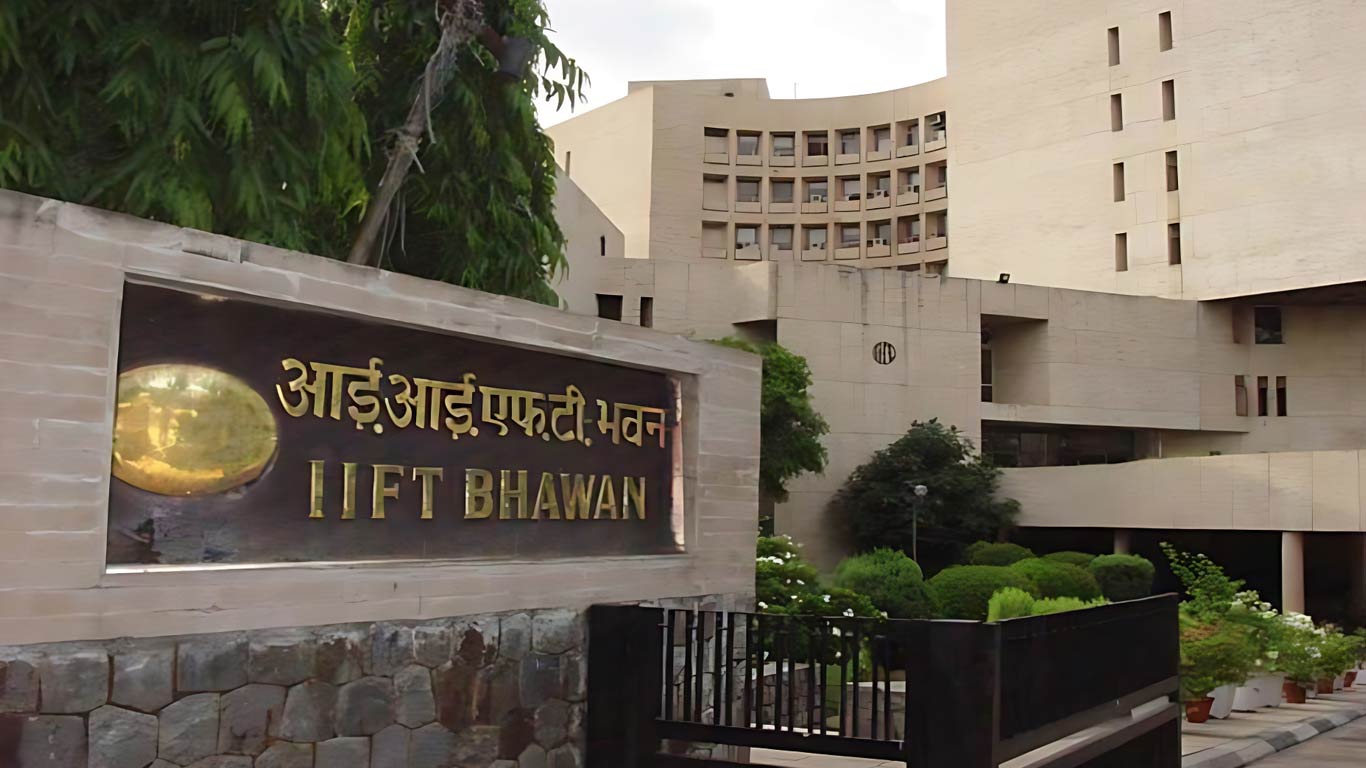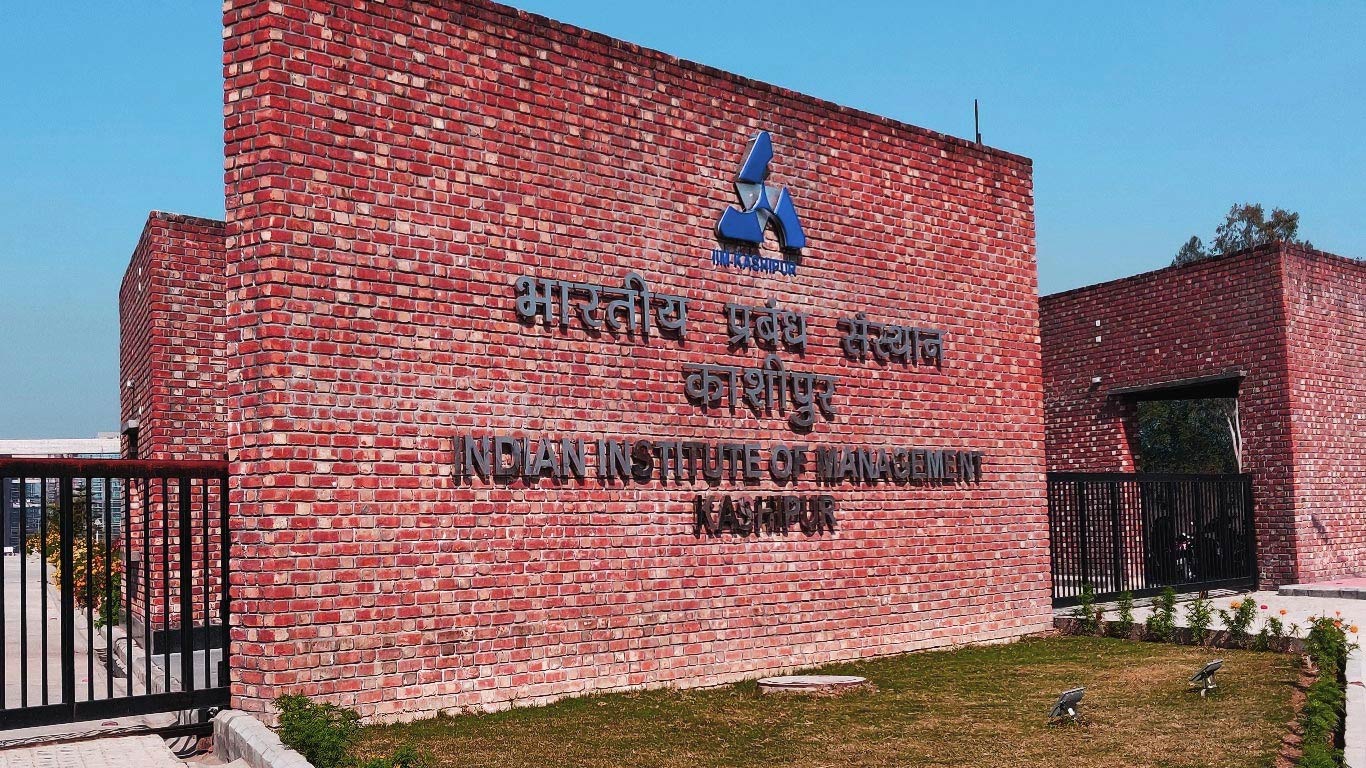Buy now-pay later offerings not attractive for small businesses: report
Updated: Oct 25, 2022 12:16:01pm

Buy now-pay later offerings not attractive for small businesses: report
New Delhi, Oct 25 (KNN) The Buy Now Pay Later (BNPL) payment mechanism offerings are more expensive for merchants than credit cards.
Higher processing fees charged by BNPL players is found to be too high to be absorbed by small businesses, said a market research firm Juniper Research in a whitepaper on Tuesday.
However, since a BNPL option is becoming more of an expectation by consumers at checkout, it is still a wise choice for businesses to offer the payment option to ensure as many potential customers are catered for as possible, it added.
Also, a BNPL payment option to consumers significantly increases the average order value by an average of 45 per cent.
In India, BNPL users are predicted to grow from 25 million in 2022 to 116 million by 2027. This is due to rising e-commerce usage and increasing interest in international goods available through online retailers.
The most common way BNPL platforms make a profit is by charging their partner merchants a percentage of the consumer's purchase price, as well as a flat rate per transaction.
Moreover, similar to merchant fees for the acceptance of credit and debit cards, BNPL firms also charge merchants a fee for accepting their payment option. The merchant and BNPL vendor agree upon an associate fee between 2 per cent and 8 per cent of the sale price at the point of sale (POS), as reported by the Financial Express.
According to Juniper’s latest BNPL research, consumer spending using BNPL platforms will reach USD 437 billion globally in 2027, rising from USD 112 billion in 2022. This sizeable growth of 291 per cent will be driven by escalating financial pressures from the rising cost of living, increasing the demand for cheap credit solutions.
In addition, the number of BNPL users will surpass 900 million globally by 2027 from 360 million in 2022. This substantial growth of 157 per cent will be driven by the anticipated economic downturn, which will increase the demand for low-cost credit solutions, it said. (KNN Bureau)













